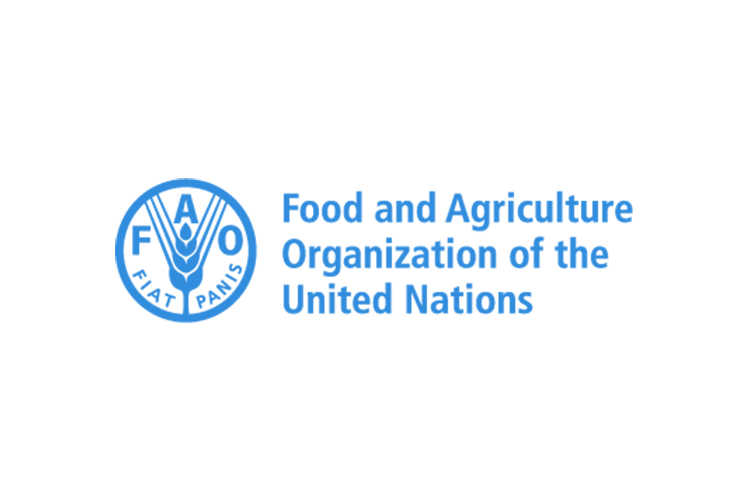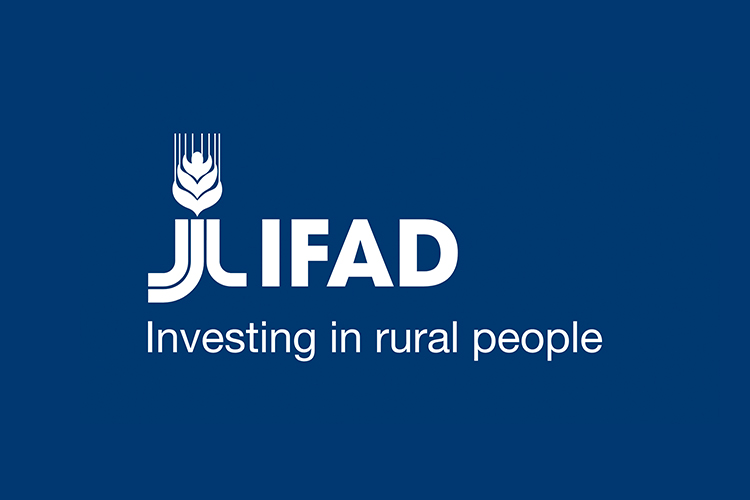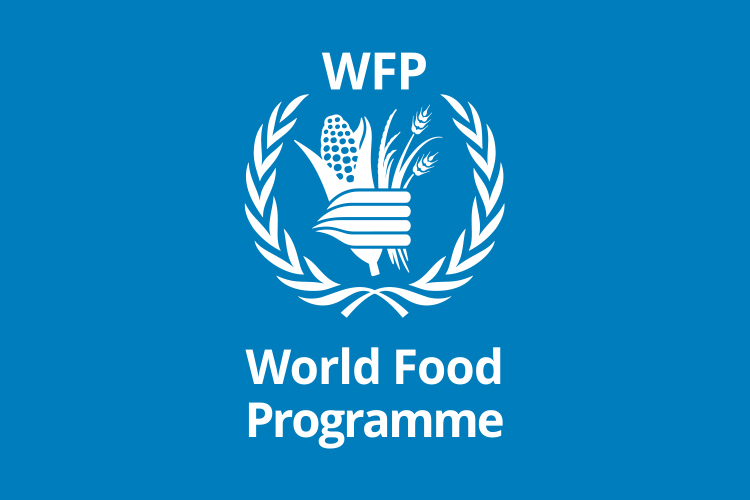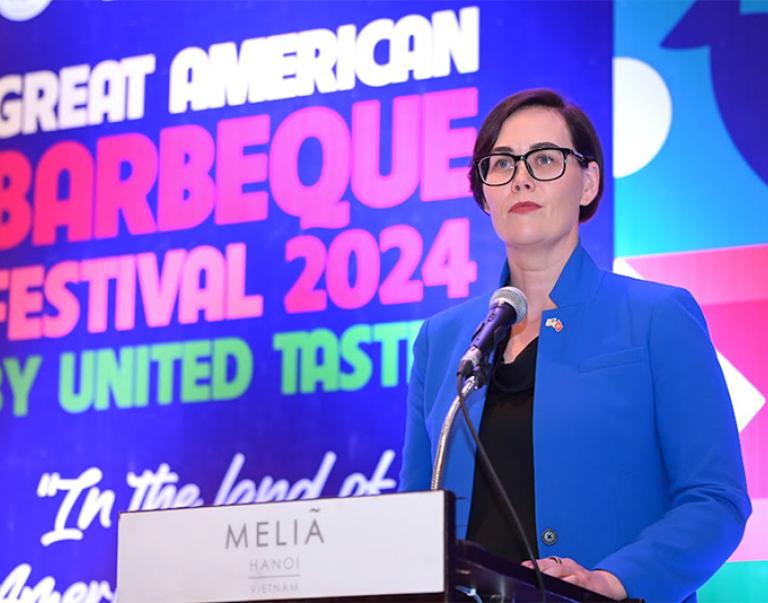The International Year of the Woman Farmer shines a global spotlight on women in agriculture, highlighting the challenges they encounter while cultivating change. Together we can help bridge the gender gap, paving the way towards achieving food security, gender equality, and sustainability goals for a brighter, more equitable future. Discover how this initiative empowers nations worldwide to enact changes to provide women the same access to land tenure, training, financing, and technology.
Women’s Vital Roles in Agriculture
![]()
Women are responsible for nearly half of the world’s food production.1
![]()
In 2019, women comprised 38 percent of all agricultural workers in crop, livestock, fisheries, and forestry primary production around the world. 2
![]()
Globally, 36 percent of working women work in agrifood systems as of 2019.2
1U.S. Agency for International Development (USAID). Fact Sheet: Food Security and Gender.
2FAO. The Status of Women in Agrifood Systems. 2023.
Spotlight on Women in Agriculture
International Year of the Woman Farmer supports international communities in raising awareness of the challenges faced by women in agriculture through the following actions:
Increase Public Awareness of Women’s Role in Farming
Attain Better Awareness of Land Tenure Issues and how they Impact Women Farmers
Attain Better Understanding of the Financial Needs and Constraints of Women Farmers and Ensure Access of Women Farmers to Credit and Markets
Attain Better Understanding of the Technical Needs and Constraints of Women Farmers and Ensure Access to Technical Support and Education
Support the Development of Policies Conducive to the Empowerment of Women Farmers
Create Synergies Among International Activities Related to or Impacting Women Farmers
“From the field to the factory, from the classroom to the boardroom, women are fundamental to the future of agriculture. As leaders, it is our responsibility to make sure the next generation of women farmers have equal access to economic, educational and leadership opportunities, and that we dismantle the unique barriers they face so they can continue to take on the challenges of meeting the world’s growing food, fuel and fiber needs. USDA is proud to have led the U.S. government’s efforts in support of declaring 2026 as the International Year of the Woman Farmer, and we thank the many nations that signed on in support. We look forward to working with partners worldwide to scale up efforts that empower and advance women farmers while tackling global food security in 2026 and beyond.”
- Xochitl Torres Small, Deputy Secretary of Agriculture
Global Visionaries
Explore the objectives that shape the International Year of the Woman Farmer.
- Land Tenure
-
Access to land is a basic requirement for farming; therefore, land ownership is the single most important asset for families that rely on agriculture for their livelihoods. Still, there is a vast difference in the share of male and female agricultural landowners in many countries. The percentage of men who have ownership or secure tenure rights over agricultural land is twice that of women in more than 40 percent of the countries that have reported on women’s landownership.
- Training
-
Training plays a critical role in empowering women in agriculture. It equips them with the knowledge and skills needed to adapt to climate impacts, improve productivity, and contribute to sustainable food systems. Focused training, access to networks and inclusion of female extension agents are elements associated with improvements in technology adoption, reduced post-harvest losses, increased climate resilience, and at the same time provides economic benefits, including increasing household income.
- Credit
-
These financial services provide critical opportunities to improve agricultural outputs and farm economies. When new expensive technologies become available, credit is an essential part of gaining access to these opportunities to improve productivity and long-term incomes. Restricting access to these financial prospects forces producers who are unable to bear the risks and upfront costs to be left behind.
- Technology
-
As a result of gender gaps that have restricted land tenure and access to credit markets, women are also at a disadvantage when it comes to accessing new technologies that can increase productivity such as farm equipment, improved plant varieties and livestock breeds, fertilizers, and pest control/land management techniques, and digital technologies. The use of purchased inputs depends on the availability of complementary assets such as land, credit, education, and labor, all of which tend to be more constrained for female-headed households than for male-headed households. Greater access to and adoption of climate-smart technologies and practices could help shrink the productivity gap, increase women farmer’s resilience, and improve rates of food insecurity worldwide.
Empowering Women in Agriculture Through Stakeholder Collaboration
We appreciate the support of our global co-sponsors and supporting organizations.
- Co-Sponsors
-
ALBANIAALGERIA
ANDORRA
ARGENTINA
ARMENIA
AUSTRALIA
AUSTRIA
AZERBAIJAN
BANGLADESH
BARBADOS
BELGIUM
BOLIVIA (PLURINATIONAL STATE OF)
BOSNIA AND HERZEGOVINA
BOTSWANA
BRAZIL
BULGARIA
BURKINA FASO
BURUNDI
CABO VERDE
CAMBODIA
CANADA
CHILE
CHINA
COLOMBIA
COSTA RICA
CROATIA
CYPRUS
CZECHIA
DEMOCRATIC REPUBLIC OF THE CONGO
DJIBOUTI
DOMINICAN REPUBLIC
ECUADOR
EGYPT
EL SALVADOR
ERITREA
ESWATINI
ESTONIA
FIJI
FINLAND
FRANCE
GABON
GAMBIA
GEORGIAGERMANY
GREECE
GUATEMALA
GUYANA
HAITI
HONDURAS
HUNGARY
ICELAND
INDIA
INDONESIA
IRELAND
ISRAEL
ITALY
JAMAICA
JAPAN
JORDAN
KENYA
KAZAKHSTAN
KYRGYZSTAN
LAO PEOPLES DEMOCRATIC REPUBLIC
LATVIA
LEBANON
LESOTHO
LIBERIA
LIECHSTENSTEIN
LITHUANIA
LUXEMBOURG
MALAYSIA
MALTA
MONGOLIA
MONTENEGRO
MOZAMBIQUE
MOROCCO
MYANMAR
NEPAL
NETHERLANDS (KINGDOM OF THE)
NEW ZEALAND
NORTH MACEDONIA
NORWAY
PAKISTAN
PALAU
PANAMAPAPUA NEW GUINEA
PARAGUAY
PERU
PHILIPPINES
POLAND
PORTUGAL
QATAR
REPUBLIC OF KOREA
REPUBLIC OF MOLDOVA
ROMANIA
SAN MARINO
SAUDI ARABIA
SENEGAL
SERBIA
SINGAPORE
SLOVENIA
SOUTH AFRICA
SPAIN
SRI LANKA
SURINAME
SWEDEN
TAJIKISTAN
TIMOR-LESTE
THAILAND
TRINIDAD AND TOBAGO
TURKIYE
TUNISIA
TURKMENISTAN
UGANDA
UKRAINE
UNITED ARAB EMIRATES
UNITED KINGDOM
UNITED REPUBLIC OF TANZANIA
URUGUAY
UZBEKISTAN
VIET NAM
YEMEN
ZAMBIA
- Supporting Organizations
-
Government Institutions
- U.S. Department of State
- U.S. Department of Commerce
- White House National Security Council
- U.S. Agency for International Development
- United Nations
- Food and Agriculture Organization of the United Nations
Public and Private Entities
- World Bank
- International Fund for Agricultural Development
- International Institute of Rural Reconstruction
- International Land Coalition
- The Landesa Center for Women’s Land Rights
- The African Women in Trade and Investment Centre
- Asia Pacific Forum on Women, Law and Development
- Fair Trade International
- The Latin American and Caribbean Network of Rural Women
- The World Food Programme
Cultivating a Stronger Future: Call to Action
Investing in women farmers strengthens agricultural systems globally, contributing to a more secure and prosperous future for food security. This “Call to Action” outlines key action areas to support women in agriculture.
- Amplifying the Voices of Women Farmers
-
- Outreach: Encourage sharing stories on social media (#womeninagriculture, #IYWF) and press to raise awareness.
- Highlighting Policies and Investments Supporting Women Farmers
-
- Financing: Advocate for expanded financing resources specifically designed to meet the needs of women farmers.
- Land Access: Support initiatives that help women overcome financial limitations to establish and grow their farms, ensuring equal access to land ownership or use rights.
- Social Protection: Support anti-discriminatory policies, gender extension services, access to childcare.
- Closing Gaps in Productivity and Wages Through Investment at Scale: Interventions that address multiple inequalities that have been proven to close gender gaps and empower women in agrifood systems should be carefully scaled up, taking into consideration the local context.
- Investing in Empowering Approaches: Empower women and, when possible, should use transformative approaches at community and national level to address discriminatory gender norms and attitudes.
- Building Strong Networks
-
- Networking Events: Organize and participate in networks (both internationally and domestically) dedicated to women in agriculture. Advocate for including women’s perspectives in agricultural conferences.
- Role Models and Mentorship: Promote mentorship programs to connect experienced women farmers with young and aspiring farmers.
- Enhancing Knowledge and Skills
-
- Education: Advocate for women farmers to obtain education past primary school to ensure they have the same knowledge base and opportunities as their male counterparts.
- Data and Evidence: Collection and use of high-quality data, disaggregated by sex, age and other forms of social and economic differentiation, and the implementation of rigorous qualitative and quantitative gender research are paramount for effectively monitoring, evaluating and accelerating progress on gender equality in agrifood systems.
- Information Sharing/Research: Facilitate knowledge exchange among women farmers at local, regional, and global levels.
- Developing a Directory: Sharing a worldwide directory that can connect women farmers to existing organizations.
- Training: Expand training opportunities in areas like sustainable farming practices to empower women farmers with the latest knowledge.
- Promoting Leadership
-
- Leadership Development: Foster opportunities for women farmers to participate in decision making and leadership roles within the agricultural sector.
By implementing these actions, we can create a more inclusive and equitable agricultural landscape, empowering women farmers to reach their full potential and contribute significantly to global food security.
If you want to join the taskforce, to share or highlight programs you are currently promoting, please email IYWF2026@usda.gov.
News, Events and Highlights
Read the International Year of the Woman Farmer blog
Food and Agriculture Organization
Addressing gender equality in sustainable soil management
A framework for gender-responsive livestock development
International Fund for Agricultural Development
IFAD policy on gender equality and women's empowerment NEW
Please check back regularly as this website will be continuously updated with the latest information.






